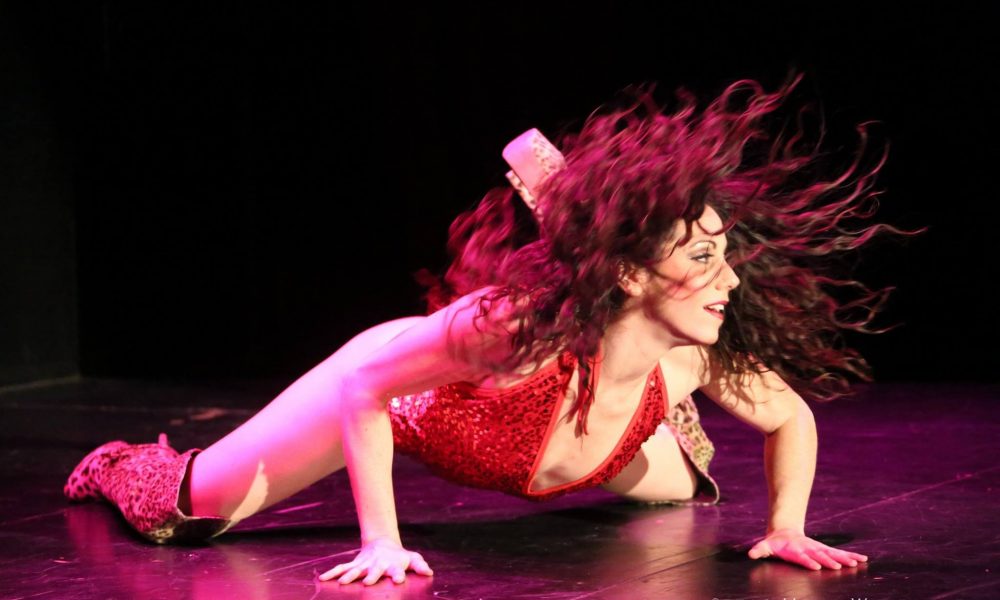

Today we’d like to introduce you to Vanessa White.
So, before we jump into specific questions about the business, why don’t you give us some details about you and your story.
I’ve been taking dance classes and performing since I was 3 years old. By age 10 my parents were driving me to Boston Ballet 4 days a week for lessons and in my free time I learned choreography from MTV and made up dances to teach to my friends. I was a regular at the Boys’ Club lip sync contests and later at the Hampton Beach talent shows in NH. I went to a boarding prep school for high school where I did not do well (a fish out of water), but where I continued to train in dance and took advantage of what opportunities were made available to me. In college I got a job at a local recital school creating their ballet curriculum and teaching. In my senior year, I injured my knee badly enough that I didn’t dance professionally for 6 years. I’d hung it up. That was in 2000. By 2006 I found myself working for a local soft-porn magazine “Boink” as a model, then writer, then editor. And it was in an event planning meeting for the magazine where my burlesque career began. We decided we would host a burlesque show. And I would create it (and perform in it!). I found dancers though craigslist and Myspace and we pulled together a variety show that was totally entertaining, was well-attended and well-received, and was never supposed to happen again. But a year later, it did. And then 2 months later, a third show. And then we performed on our first festival as our own thing and we got a bit of press, and we were booked almost every weekend after that. From there I’ve built a dance company called Lipstick Criminals and with them I’ve created and/or curated several full-length productions, the most successful of which is The Slutcracker. The Slutcracker is a sexy parody of the Nutcracker which just wrapped its 10th season.
Overall, has it been relatively smooth? If not, what were some of the struggles along the way?
Like anywhere else, the arts are a boys’ club. Balanchine once said, “the ballet is a purely female thing; it is a woman, a garden of beautiful flowers, and man is the gardener.” So, while it’s more often women you see on the stage, it’s men who are directing, choreographing, writing–it’s men doing the storytelling and men doing the hiring. And making the rules and setting the standards.
So right away, being female is its own burden in this industry. Being a female in a position of power making art about sex and female sexuality and producing shows called “Slutcracker” and “Beaver” is challenging, to say the least. The Slutcracker has seen a remarkable amount of success–enough to draw the attention of national producers and agents and managers–but when it comes down to getting someone to help us grow the show to other cites, people don’t want to take the risk. They say it’s “too risqué” or that they’re just not sure where it fits.
When it comes to viewing art we not only accept that it will evoke something in us, we *expect* it: joy, despair, fear, wonder, melancholy, anger–but if art inspires sexual arousal, it might be illegal (per Miller vs. California, 1973). My work, totally legal, is censored regularly. I have had problems with censorship of my choreography, my costumes, props, my marketing materials, show titles, my body. There are people who have performed in my shows who have lost their day-jobs because of it. These are 1st amendment violations. And yet they are the norm. Because the gatekeepers are worried that a woman’s body is “too risqué.” So I self-produce. I have never received a grant or sponsorship. The work pays for itself which is both amazing and scary. I’m grateful either way.
Alright – so let’s talk business. Tell us about Ballets Ruses (The Slutcracker, Lipstick Criminals) – what should we know?
Ballets Ruses is an umbrella company for several projects, but predominantly my corps company Lipstick Criminals and the show “The Slutcracker”. We create dance-theater stage shows, typically with a political/feminist bent and which embrace diversity across several spectra including race, gender, genre, and body type. The reason I stopped taking lessons at Boston Ballet is because when I was 10 they told my parents my weight had become a problem. I find I work primarily with dancers and performers who were also turned away from dance in some way because of what they looked like. Where the tradition in a lot of classical dance is to present dancers who look the same, I find working with people who look and move differently makes for richer choreography. It adds a layer of humanity that has had a profound effect not only on the dancers, but on our audiences. I think a lot of people like to talk about diversity, but not as many people are working to make it happen. You must work at it. And if you, like me, are a white person wanting to foster diversity in your business, you must work extra to create diversity. This is something that is not going to just come to you. You must earn it. And you must be patient. Ballets Ruses is about to mark its 12-year anniversary, and in that time, we’ve put in the work and grown a lot and we’ll continue to work and aspire to grow.
Any shoutouts? Who else deserves credit in this story – who has played a meaningful role?
Huge amounts of credit go to my partner-in-everything John Wentworth. He’s been there since before the start of this burlesque leg of my career, cheering me on the whole way. He helped me make can-can skirts on the eve of my first show and we produce Slutcracker and other shows together. We got married at the Viva Las Vegas wedding chapel in Las Vegas in 2010. Credit to my parents for taking me to all those dance classes and for loaning me some money to get The Slutcracker off the ground in 2008.
Credit to all the performers and crew who have ever taken the risk to work with me and who have stood by me and who have held me up during hard times and kept on with the show even when I wasn’t available. Credit to the institutions who have allowed me to present my work uncensored, most notably Somerville Theatre and Oberon (American Repertory Theater). Credit to Mark Dendy who told me when I was 17 after a week-long dance workshop that I “could make it as a dancer.” I’ve never forgotten that.
Contact Info:
- Website: theslutcracker.com , lipstickcriminals.com
- Email: info@theslutcracker.com
- Instagram: @slutcracker , @lipstickcriminals
- Facebook: facebook.com/slutcracker , facebook.com/lipstickcriminals
- Twitter: twitter.com/slutcracker , twitter.com/lipstkcriminlz


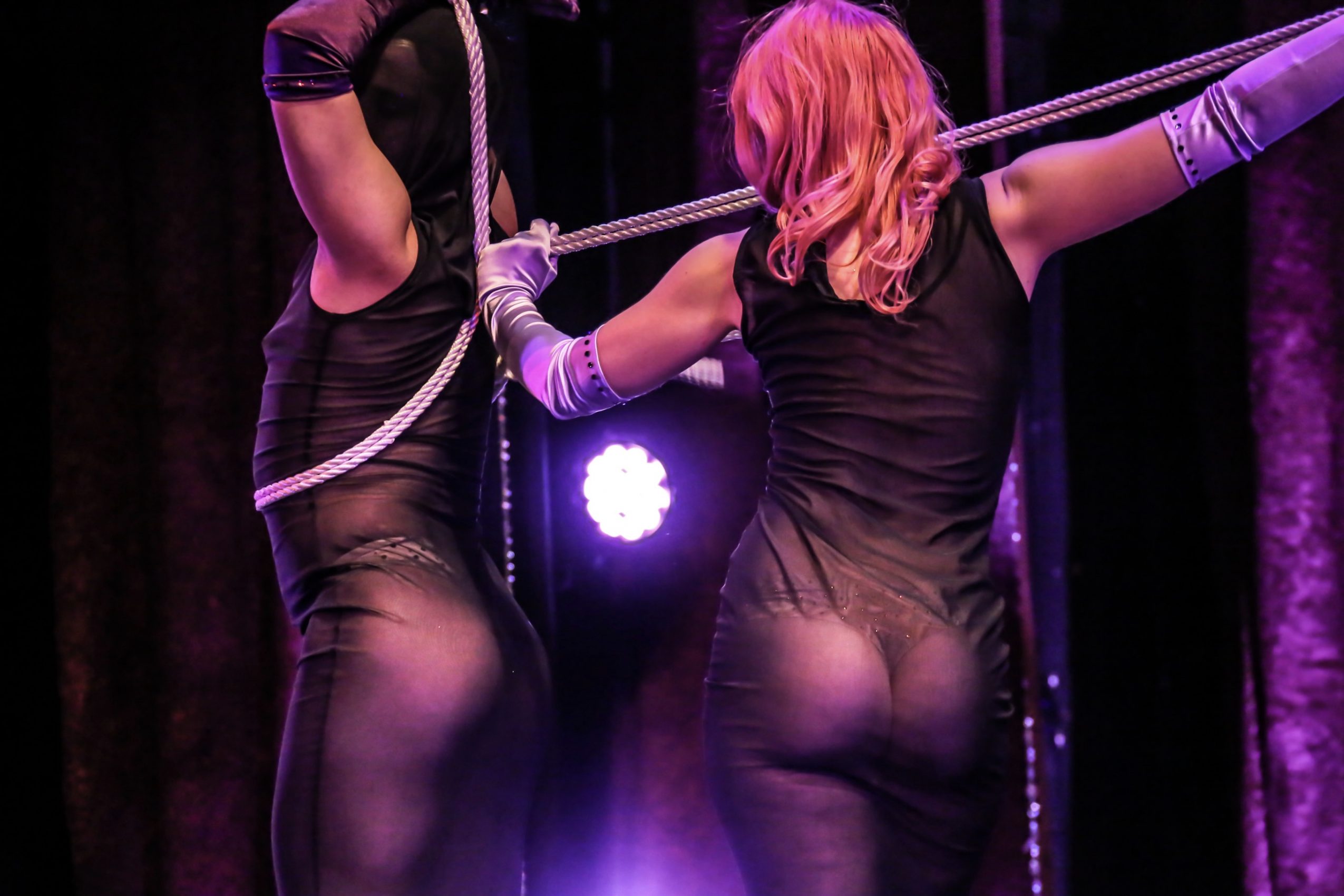
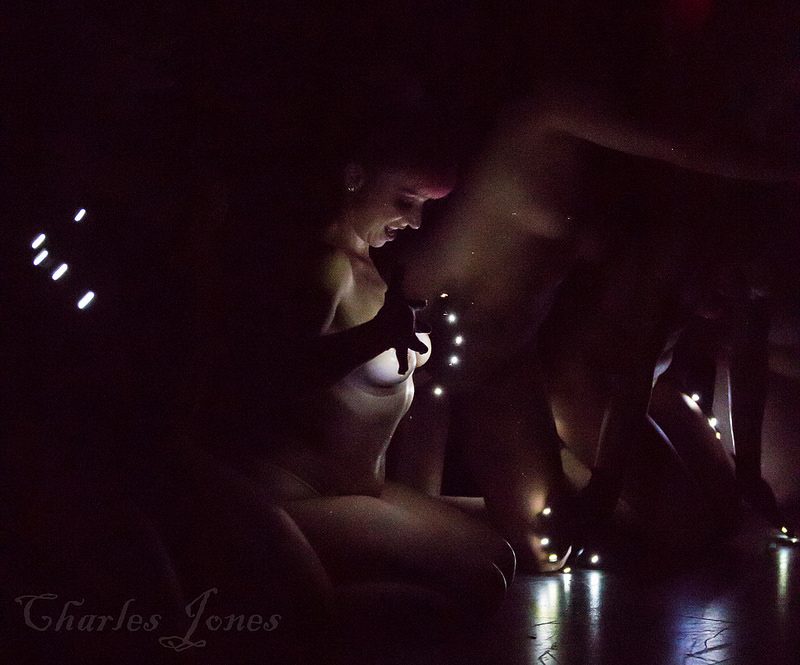

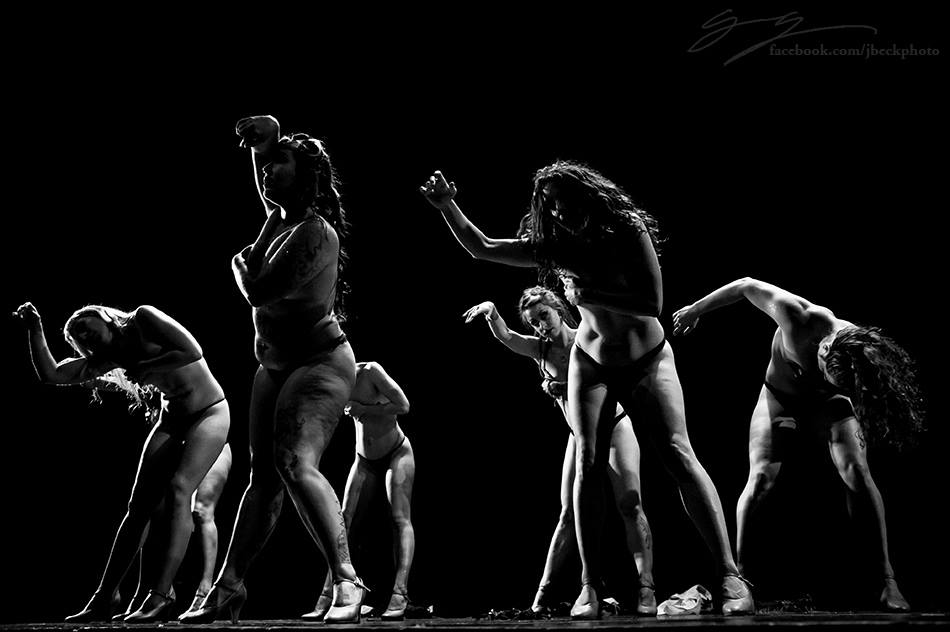
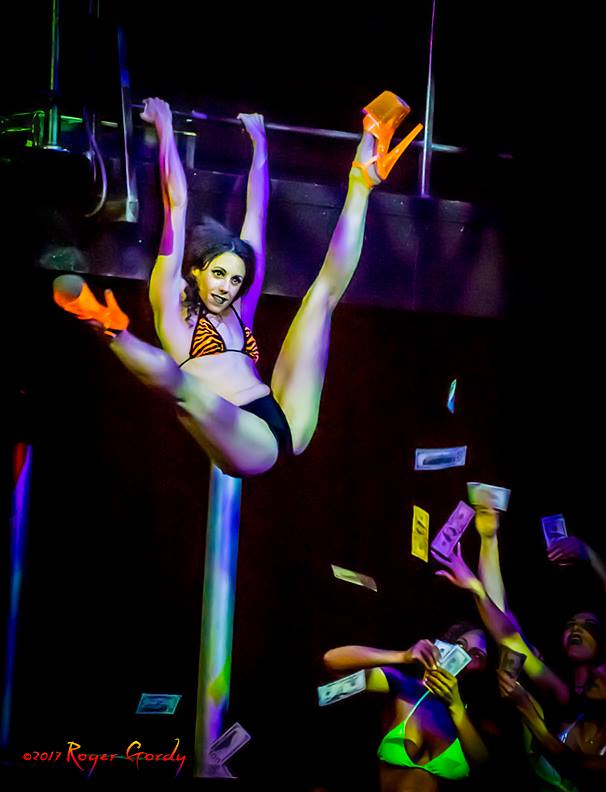
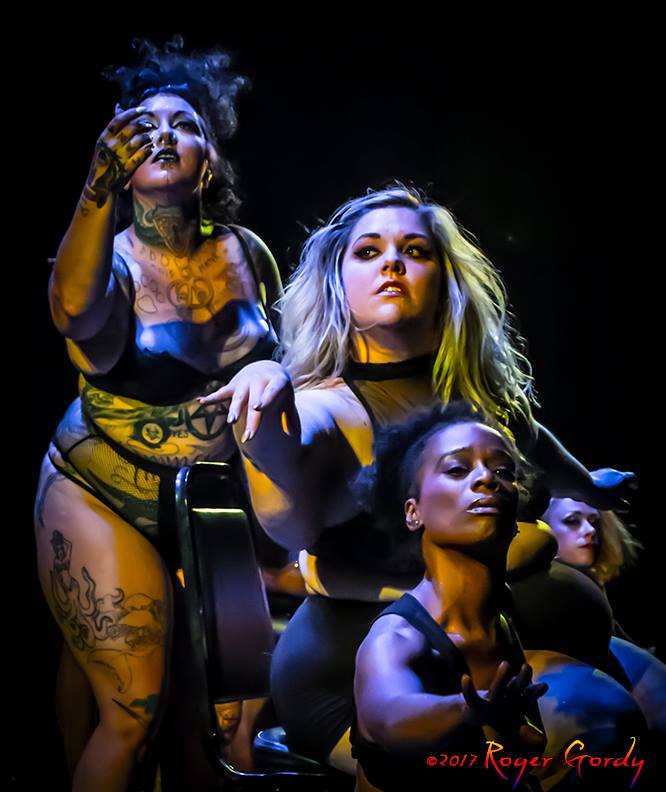
Image Credit:
Hans Wendland, Charles Jones, Jonathan Beckley, Roger Gordy
Getting in touch: BostonVoyager is built on recommendations from the community; it’s how we uncover hidden gems, so if you know someone who deserves recognition please let us know here.
















